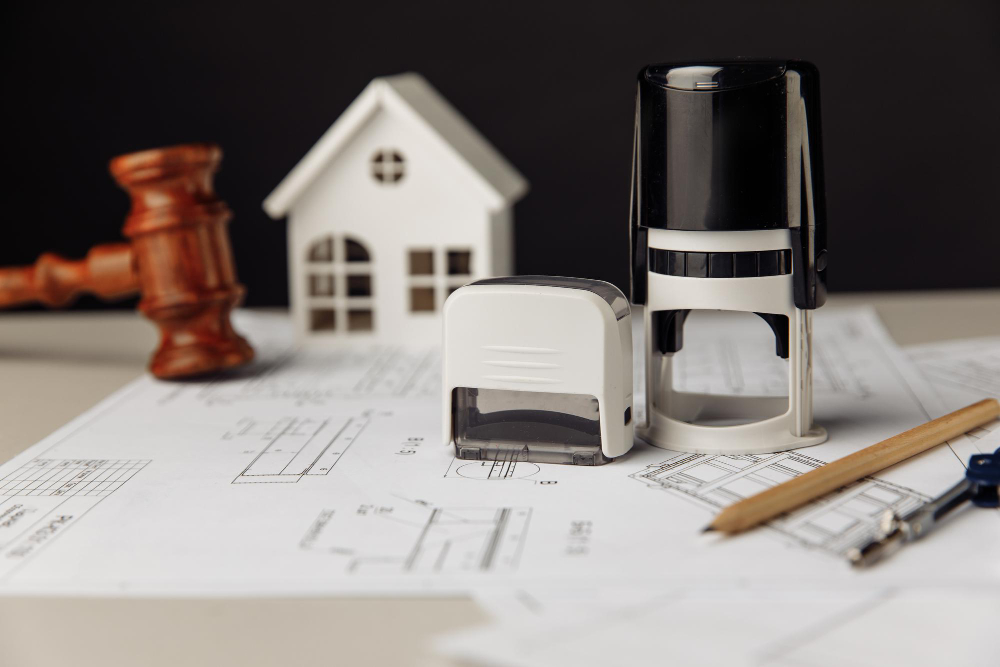Building Information Modeling (BIM) is an essential tool for modern construction projects. BIM is a 3D modeling process that allows architects, engineers, and contractors to collaborate on a project in a virtual environment. BIM allows for the creation of a digital representation of the physical and functional characteristics of a building, which can be used to plan, design, construct, and manage the project.

BIM also provides a platform for stakeholders to share information and coordinate their efforts. By using BIM, construction projects can be completed faster, with fewer errors, and at a lower cost. BIM also helps to reduce the environmental impact of construction projects by reducing the amount of materials used and the amount of waste generated. BIM is an essential tool for modern construction projects, and its use is becoming increasingly widespread.
Benefits of BIM Programs in Construction
BIM (Building Information Modeling) programs are becoming increasingly popular in the construction industry. BIM programs provide a range of benefits that can help to improve the efficiency and accuracy of construction projects. Here are some of the key benefits of using BIM programs in construction:
1. Improved Collaboration: BIM programs allow for improved collaboration between all stakeholders involved in a construction project. This includes architects, engineers, contractors, and other professionals. BIM programs provide a shared platform for all stakeholders to access and share project information, which can help to reduce errors and improve communication.
2. Increased Efficiency: BIM programs can help to streamline the construction process by providing a comprehensive view of the project. This can help to reduce the amount of time spent on tasks such as design, planning, and scheduling. BIM programs can also help to reduce the amount of rework required, as all stakeholders can access the same information and make changes in real-time.
3. Improved Accuracy: BIM programs provide a more accurate representation of the project, which can help to reduce errors and improve the overall quality of the project. BIM programs can also help to reduce the amount of time spent on tasks such as design, planning, and scheduling.
4. Reduced Costs: BIM programs can help to reduce costs associated with construction projects. This is due to the improved accuracy and efficiency that BIM programs provide. By reducing the amount of time spent on tasks such as design, planning, and scheduling, BIM programs can help to reduce the overall cost of the project.
Overall, BIM programs provide a range of benefits that can help to improve the efficiency and accuracy of construction projects. By providing a shared platform for all stakeholders to access and share project information, BIM programs can help to reduce errors and improve communication. Additionally, BIM programs can help to reduce costs associated with construction projects by improving accuracy and efficiency.
Role of BIM Programs in Construction Management
Building Information Modeling (BIM) programs are revolutionizing the way construction management is done. BIM programs are digital tools that allow construction managers to create 3D models of a building or structure, which can then be used to plan, design, and construct the project.
The use of BIM programs in construction management has many advantages. For example, BIM programs allow construction managers to visualize the entire project before it is built, which can help them identify potential problems and make adjustments before construction begins. This can save time and money by avoiding costly mistakes.

In addition, BIM programs can be used to create detailed plans and specifications for the project. This can help ensure that the project is built according to the plans and specifications, and that all materials and labor are accounted for.
Finally, BIM programs can be used to track the progress of the project. This can help construction managers stay on top of the project and ensure that it is completed on time and within budget.
Overall, BIM programs are an invaluable tool for construction managers. They can help them plan, design, and construct projects more efficiently and effectively, while also helping them stay on top of the project and ensure that it is completed on time and within budget.
Challenges in Implementing BIM Programs
Implementing a Building Information Modeling (BIM) program can be a complex and challenging process. Here are some of the common challenges that organizations face when implementing a BIM program:
1. Change Management: Implementing a BIM program requires a significant shift in the way that organizations work. This means that there must be a clear plan for how to manage the change and ensure that everyone is on board with the new system.
2. Training: BIM requires a new set of skills and knowledge, so it is important to ensure that everyone involved in the project is properly trained. This can be a time-consuming and expensive process, but it is essential for the success of the program.
3. Technology: BIM requires the use of specialized software and hardware, which can be expensive and difficult to implement. It is important to ensure that the technology is up to date and that it is compatible with the other systems in use.
4. Data Management: BIM requires the collection and management of large amounts of data. This data must be organized and stored in a way that is accessible and secure.
5. Collaboration: BIM requires collaboration between different teams and stakeholders. This can be difficult to achieve, as everyone must be on the same page and working towards the same goals.
By understanding these challenges, organizations can be better prepared to implement a successful BIM program. With the right planning and preparation, organizations can overcome these challenges and reap the benefits of BIM.
Best Practices for Successful BIM Program Implementation
1. Establish Clear Goals: Before beginning the implementation of a BIM program, it is important to establish clear goals and objectives. This will help ensure that the program is successful and that all stakeholders are on the same page.
2. Develop a Plan: Once the goals and objectives have been established, it is important to develop a plan for the implementation of the BIM program. This plan should include a timeline, budget, and resources needed to ensure the successful implementation of the program.
3. Train Staff: It is essential to ensure that all staff members are properly trained on the use of the BIM program. This will help ensure that the program is used correctly and efficiently.
4. Monitor Progress: It is important to monitor the progress of the BIM program implementation. This will help identify any issues or problems that may arise and allow for quick resolution.
5. Communicate: Communication is key to the successful implementation of a BIM program. It is important to ensure that all stakeholders are kept informed of the progress of the program and any changes that may occur.
6. Evaluate: Once the BIM program has been implemented, it is important to evaluate its success. This will help identify any areas that need improvement and ensure that the program is meeting its goals and objectives.
Future of BIM Programs in Construction
The future of Building Information Modeling (BIM) programs in the construction industry is bright. BIM is a powerful tool that can help streamline the construction process, reduce costs, and improve safety. As the technology continues to evolve, it will become even more useful and efficient.
In the near future, BIM programs will become more user-friendly and intuitive. This will make it easier for construction professionals to use the software and take advantage of its many benefits. Additionally, BIM programs will become more integrated with other software and systems, allowing for more efficient data sharing and collaboration.

The use of BIM programs will also become more widespread. As the technology becomes more accessible and affordable, more construction companies will adopt it. This will lead to increased efficiency and cost savings across the industry.
Finally, BIM programs will become more advanced. This will allow for more detailed and accurate models to be created, which will help reduce errors and improve safety. Additionally, the use of artificial intelligence and machine learning will allow for more automated processes, further streamlining the construction process.
Overall, the future of BIM programs in the construction industry is very promising. As the technology continues to evolve, it will become even more useful and efficient, leading to increased efficiency and cost savings across the industry.
Final Thoughts
In conclusion, BIM programs are essential for modern construction projects because they provide a comprehensive view of the project, allowing for better collaboration between stakeholders, improved accuracy and efficiency, and cost savings. BIM programs also provide a platform for better communication and coordination between all parties involved in the project, allowing for better decision-making and a smoother construction process. BIM programs are also beneficial for the environment, as they reduce the amount of waste generated during the construction process. Ultimately, BIM programs are essential for modern construction projects, as they provide a comprehensive view of the project, improved accuracy and efficiency, cost savings, and environmental benefits.


